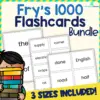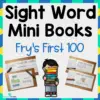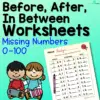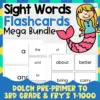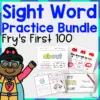Bring out the architects and engineers in every child with these ten amazing stories. Let children explore the world of construction as they read the stories that talk about the process of building roads and structures.
As they read, allow them to use their toy trucks to make the stories more fun and engaging. Let children imagine to their hearts’ content as they pretend to be builders with these books.
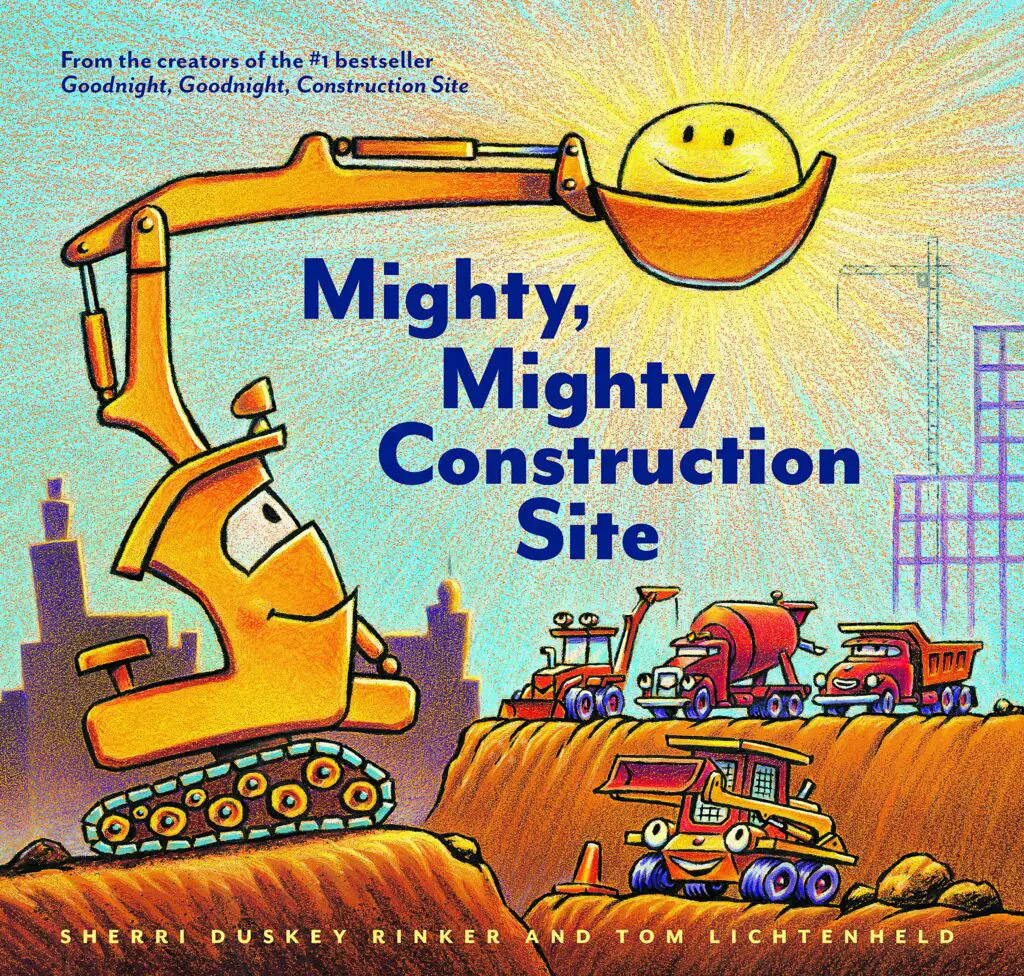
This book by Sherri Duskey Rinker is a great introduction to the construction process and the machines involved.
In a rhyming narration style, it discusses what happens during the construction by giving life to the different trucks that are vital in completing the project.
Use this book to familiarize children with the trucks and their functions and start a discussion on cooperation and teamwork.
“Mighty, Mighty Construction Site” starts by showing everyone a construction plan for the site. Each of the trucks is briefed before proceeding to work. These trucks have their roles to play on the construction site. They all cooperate and work as a team.
The excavator digs the ground while the crane lifts heavy materials. The bulldozer pushes and plows dirt while Skid, the drill rig, drills huge and tough rocks into pieces.
The flatbed truck hauls and delivers the heavy materials needed to complete their project. The front-end loader moves, digs, and lifts dirt into the dump truck, which takes it away to clear the area.
The cement mixer turns concrete powder and water into a mixture ready for pouring. The concrete pump truck takes this mixture to the areas in the construction where it is needed.
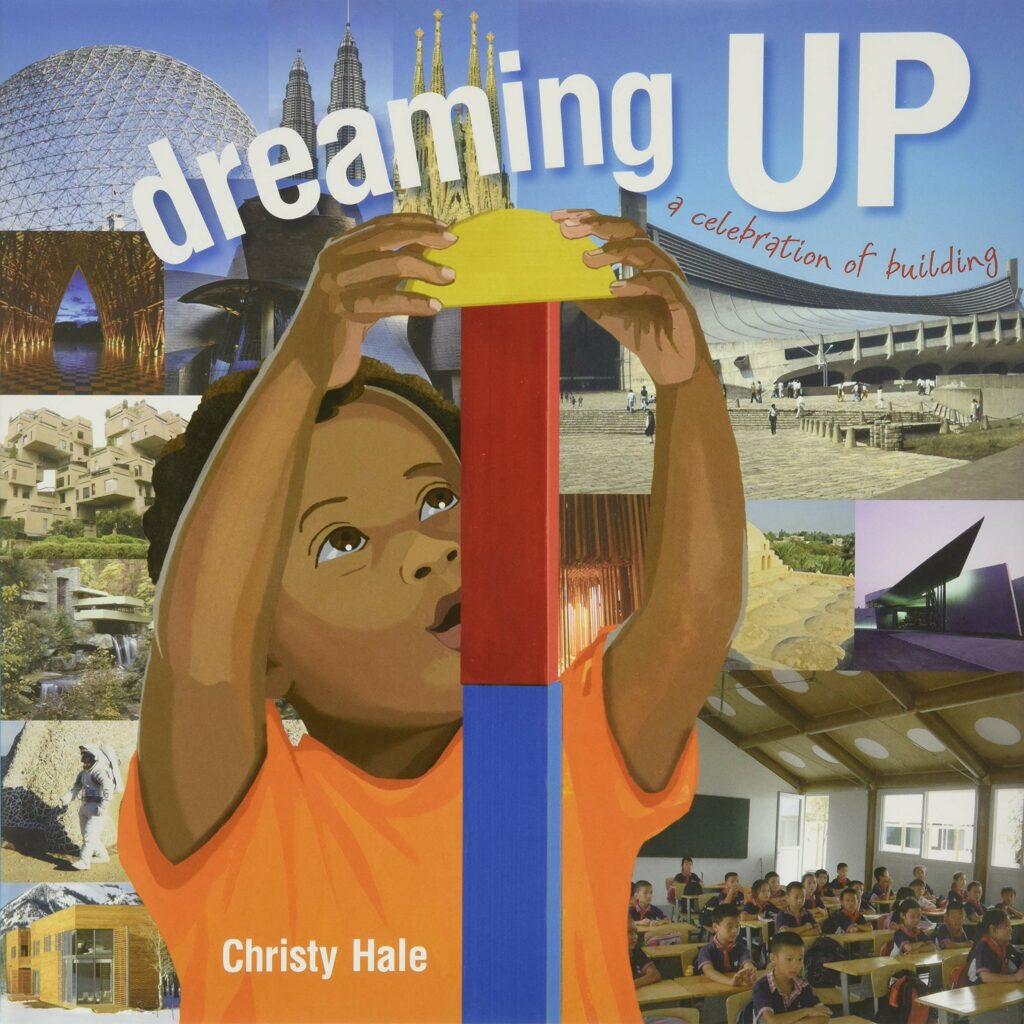
Budding architects will fall in love with this picture book which shows children playing with common toys juxtaposed with what seems to be an inspiration for the structures built by well-known architects.
“Dreaming Up” encourages pretend play among young learners. As if it is saying that building with toys now will lead children to construct magnificent structures in the future.
The book starts with a girl stacking donut toys on a tower presented by Solomon R. Guggenheim Museum in New York City, USA, designed by Frank Lloyd Wright.
On the next page, two toddlers stacking nesting cups are side-by-side with Petronas Tower in Kuala Lumpur, Malaysia, designed by Cesar Pelli.
On another page is making mud pies placed beside New Gourna Village in Luxor, Egypt, designed by Hassan Fathy.
Next is turning a huge cardboard box into a pretend house. Beside it is the grown-up version- the Box House in Telluride, Colorado, designed by Maya Lin.
Who would’ve thought that making a makeshift reading nook with chairs and a blanket would be similar to Yoyogi National Museum designed by Kenzo Tange?
Or playing with wooden blocks would be comparable to Fallingwater in Bear Run, Pennsylvania, designed by Frank Lloyd Wright.
Children becoming architects and builders is within reach. It all starts with pretending and dreaming while young as they explore different possibilities.
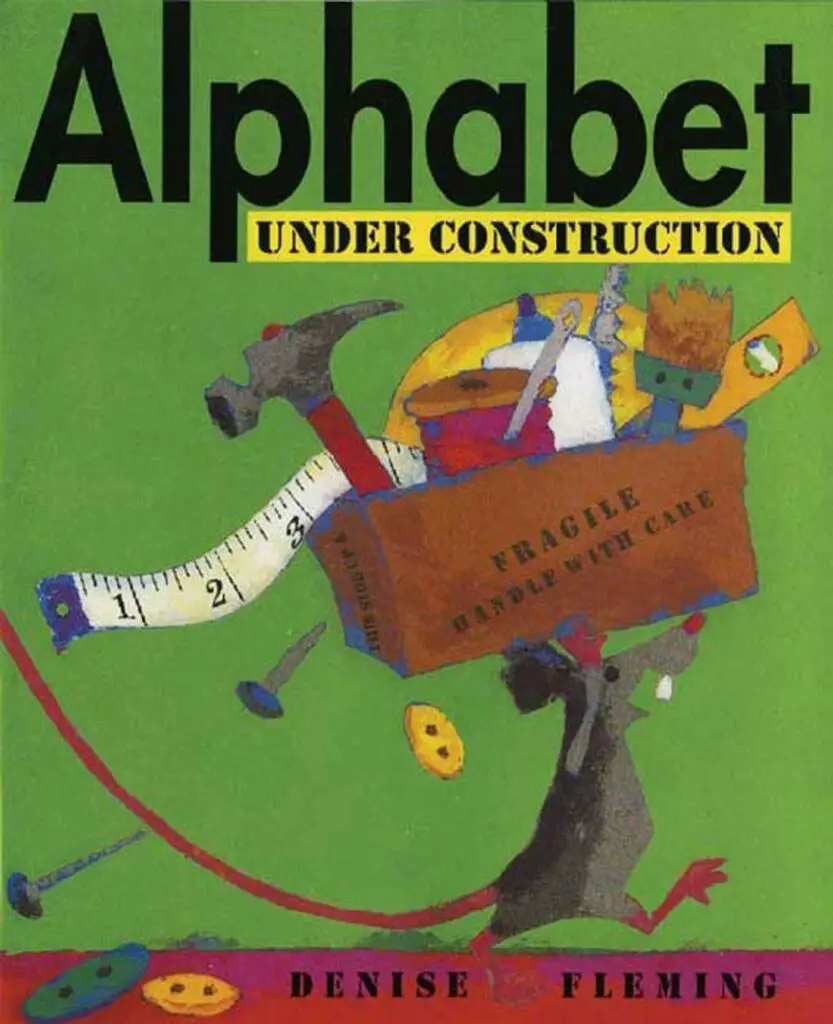
Filled with adorable illustrations, “Alphabet Under Construction” features a mouse who works in construction and does different jobs. It took twenty-six days to complete all his tasks.
Teach the letters of the alphabet by using this book. Each letter corresponds to the techniques or strategies in construction.
Have children copy the movements to remember the letters better or have them find a tool the mouse used on each page that starts with the same letter.
The mouse’s actions are airbrushing, buttoning, carving, using dyes, erasing, folding, gluing, icing, hanging, kinking, leveling, measuring, nailing, and to okay or approving.
Next are pruning, quilting, rolling, sawing, tiling, unrolling, vacuuming, welding, doing an x-ray, yanking, and zipping.
The mouse uses materials such as an airbrush, some buttons, a carving knife, dye, an eraser, a flowery wallpaper, glue, icing for the cake, a hook, a K-shaped straw, a level, and a measuring tape.
Other materials are nails, an OK checklist, pruning shears, a quilting needle, a roller for painting, a saw, tiles, a U poster, a vacuum, a welding machine, an x-ray machine, and a zipper.
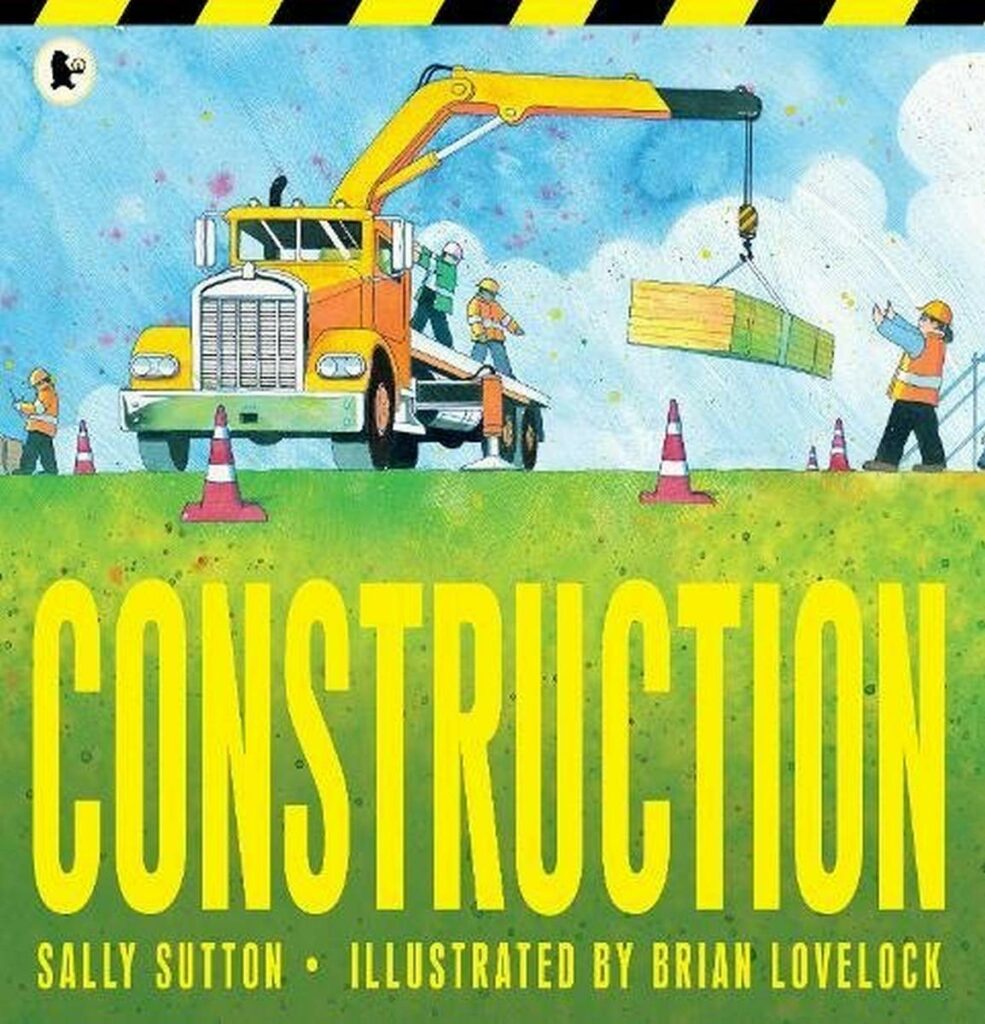
How does one build a library filled with books for children to enjoy? Find out by reading this storybook that explains the process of digging the foundation to adding scaffolds, walls, floors, and windows.
“Construction” by Sally Sutton also shows other construction works necessary for a fully functional library. It includes laying down the pipes, running electricity, painting, and setting up the rooms.
This book is a great tool for teaching children different movements to improve their gross motor skills.
For example, the line “ Dig, bore, and shovel,” has the children bend their waists, clasp both hands, pretend to dig, and throw what they have dug over their shoulders.
For the line “Hoist the wood,” have the children raise their arms with clasped hands and pretend to grab a long rope. Pretend to pull it down until their knees are folded and in a squatting position.
Next is to have them squat with their arms on their head as if lifting a heavy board. Slowly, let the children stand with their arms still raised. This movement is for the line “Raise the roof.”
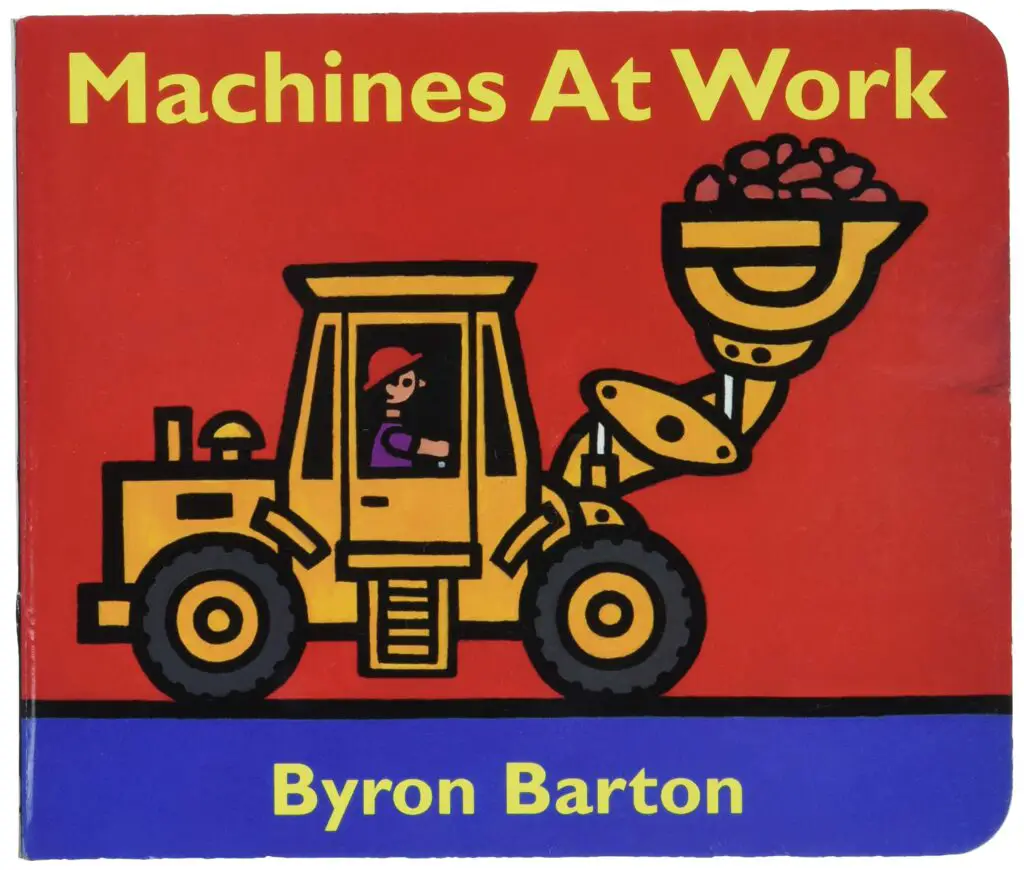
This picture book has bold colors and simple lines for young children to understand. It has pictures of machines and trucks in action. It talks about the different construction work done on sites.
“Machines At Work” contains simple but straightforward illustrations of workers digging and using tools such as pneumatic drills, pickaxes, and mason hammers.
Use this book to teach colors. Ask children about the colors of the machines and their parts, such as the wheels. Ask them about the color of the worker’s clothes, hard hats, and tools that they use.
This book is also great for counting. Let children count the number of machines on each page, including their wheels, the number of workers, and the number of poles they are setting up.
Turn this picture book into a chant with simple lines such as “Knock down that building” and “Dig up that road.” Add simple movements to make this chant animated and fun.
Turn this into a game by having everyone form a circle. Point to one of the children who will say a line and do the movements.
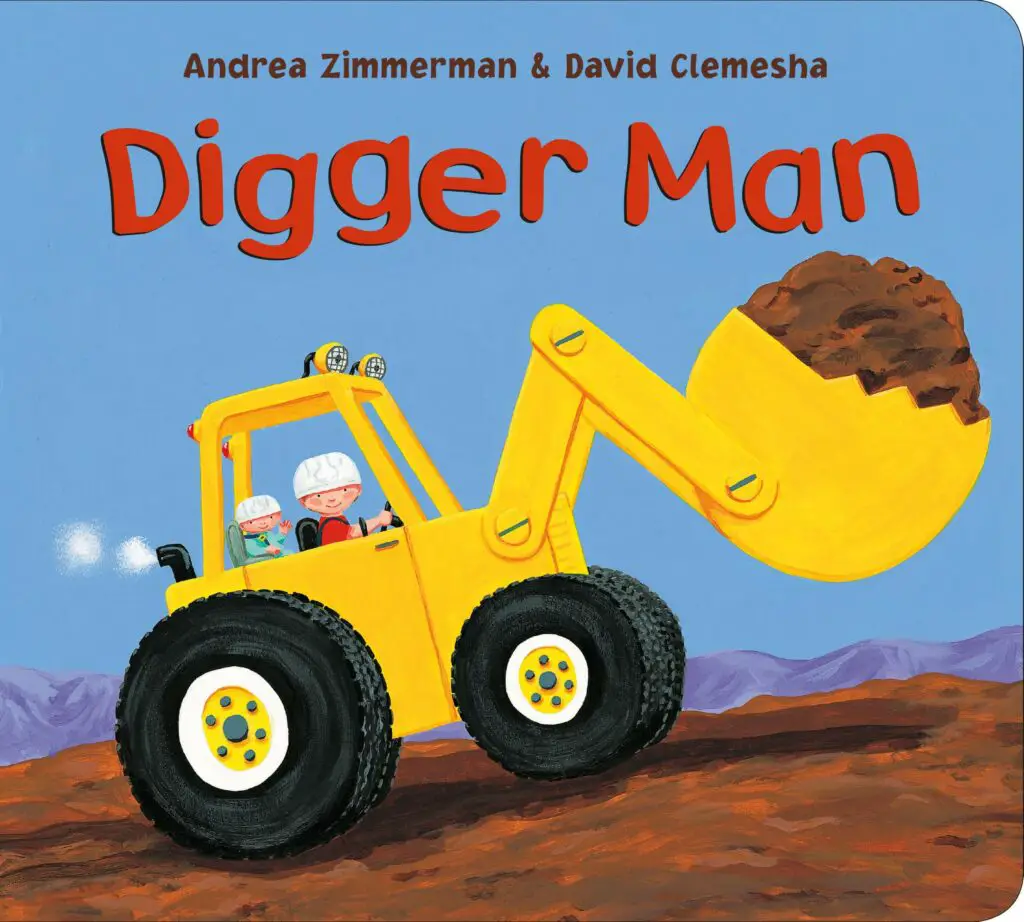
Children who love playing with construction toys can relate very well to this story. It talks about a little boy fascinated with an excavator who dreams of owning his machine one day.
The boy calls himself a digger man since he does a lot of digging with his machine in his imagination. All his efforts are for his little brother, whom he cares about.
He thought of making a park for him and letting him ride on his excavator. He thought of letting him watch as he washed his dirty construction equipment. He thought of giving him a ride and teaching him to operate the machine once he was older.
The book ended with the boy reading a book on construction machines to his little brother, who was drinking with his bottle and playing with a toy excavator.
“Digger Man” is a great tool to start a discussion on younger siblings. Ask children how they can show their love to their little sister or brother, like the boy in the book. Ask them what activities they enjoy doing with their younger siblings.
Let children learn the value of caring for the little ones in their homes, whether a sibling or a cousin.
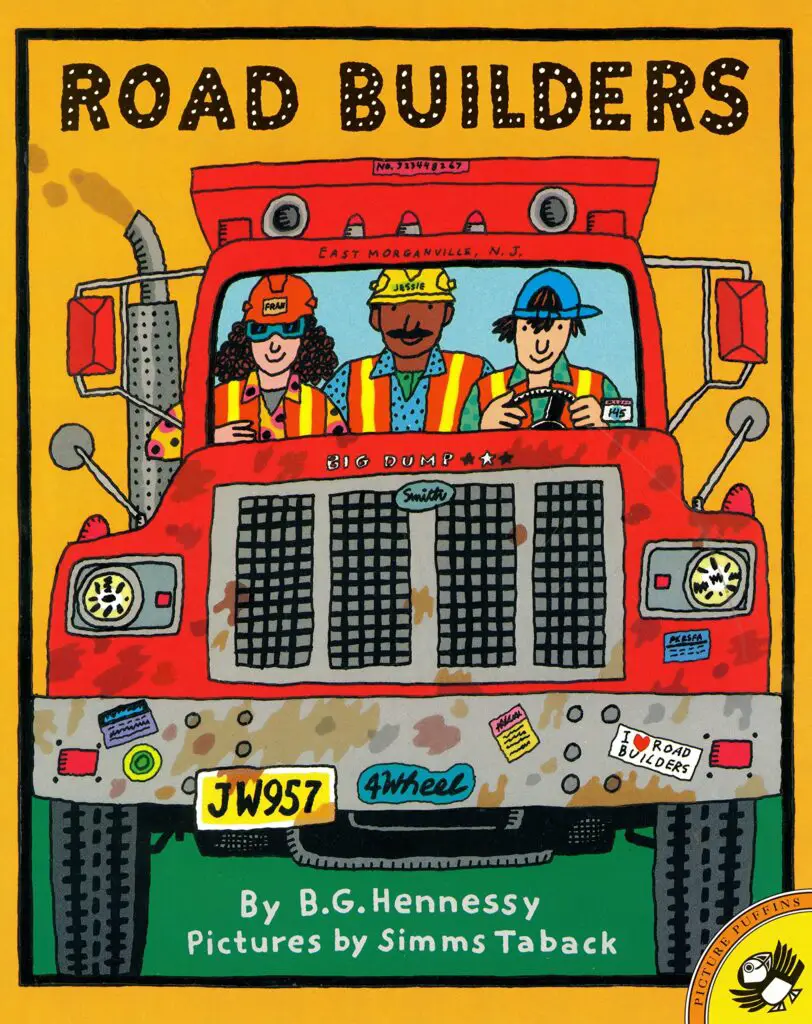
“Road Builders” tells how the roads we see and use daily are built. It discusses the lengthy and tedious process of road building from start to finish.
Teach sequencing of events using this book. Provide prompts by asking the children questions, such as “What needs to be done first?”, “What should be done next?” or “What happens before or after…?”
Show the page in the book to remind help children to answer the questions if they cannot remember or are hesitating.
It starts with constructing a plan, followed by an excavator digging the dirt in the area. Next, a bulldozer pushes the dirt away, and a backhoe digs a canal. The front loader and the dump truck work in tandem by picking the dirt and hauling it away.
A grader machine flattens the dirt road, and a cement mixer pours cement onto the road. Later, asphalt is used to coat the road. A paver machine is used for this purpose.
A road roller is then used to compact the asphalt down. Lines are painted on the road, road signs are placed, and streetlights are installed.
Once the road is finished, different vehicles are mentioned using the road, and the construction team moves to a different location.
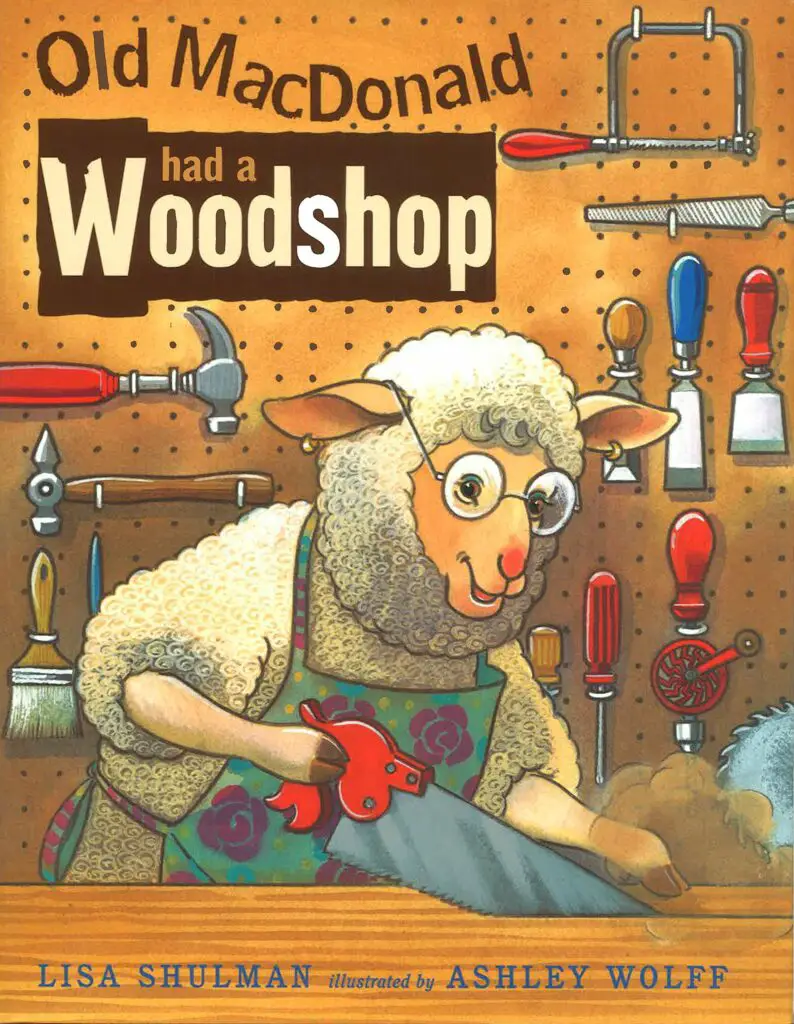
A book inspired by the song “Old MacDonald Had a Farm,” this version is about a ewe that runs a woodworking shop that got every animal on the farm helping to create a miniature version of their farm.
Use “Old MacDonald Had a Woodshop” to teach the new version of the song. Have children match the different tools used with the sound. These are saw-zztt, drill-rurr, hammer-tap, chisel-chip, file-scritch/scratch, screwdriver-squeak, and paintbrush-swish/swash.
If possible, use pictures or toys to show children as they say the sound. Hide these pictures or toys in a bag or a big box and let each child take turns picking one.
Next, have the children name the animals that used the tools. Let them match the animals and tools using pictures or toys if possible.
These are animal and tool pairs: sheep is to saw, the cat is to drill, goat is to hammer, chicken or hen is to chisel, the pig is to file, the cow is to a screwdriver, and the dog is to a paintbrush.
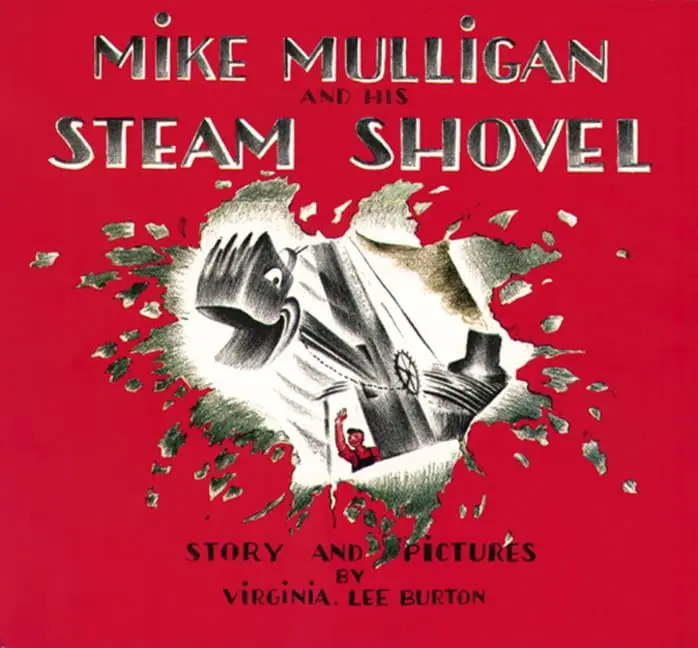
Mike Mulligan and His Steam Shovel” is a story by Virginia Lee Burton that became a classic and inspired a movie. This book, that endured time, tells a story about a worker named Mike Mulligan and his steam shovel, which he named Mary Anne.
The book details their amazing accomplishments, such as digging the canals and waterways.
However, steam shovels were phased out when gas-powered machines took over the construction. Mike Mulligan loved his steam engine and took good care of her.
In the end, they proved that despite the changes, they could still be the best digger in town.
There are many ways to use this book in teaching young children. First, play an “I Spy” game. Turn to the busy page and ask the children to find the illustration. Say, “Can you find the dog with black spots?”
Ask the children to name the colors of the pictures in the book. Say, “Can you tell me the color of the carriage on this page?”
Have children count a particular object on each page. Say, “How many yellow wheels do you see on this page?”
Use the book to teach story structure, focusing on the problem and solution of the story.
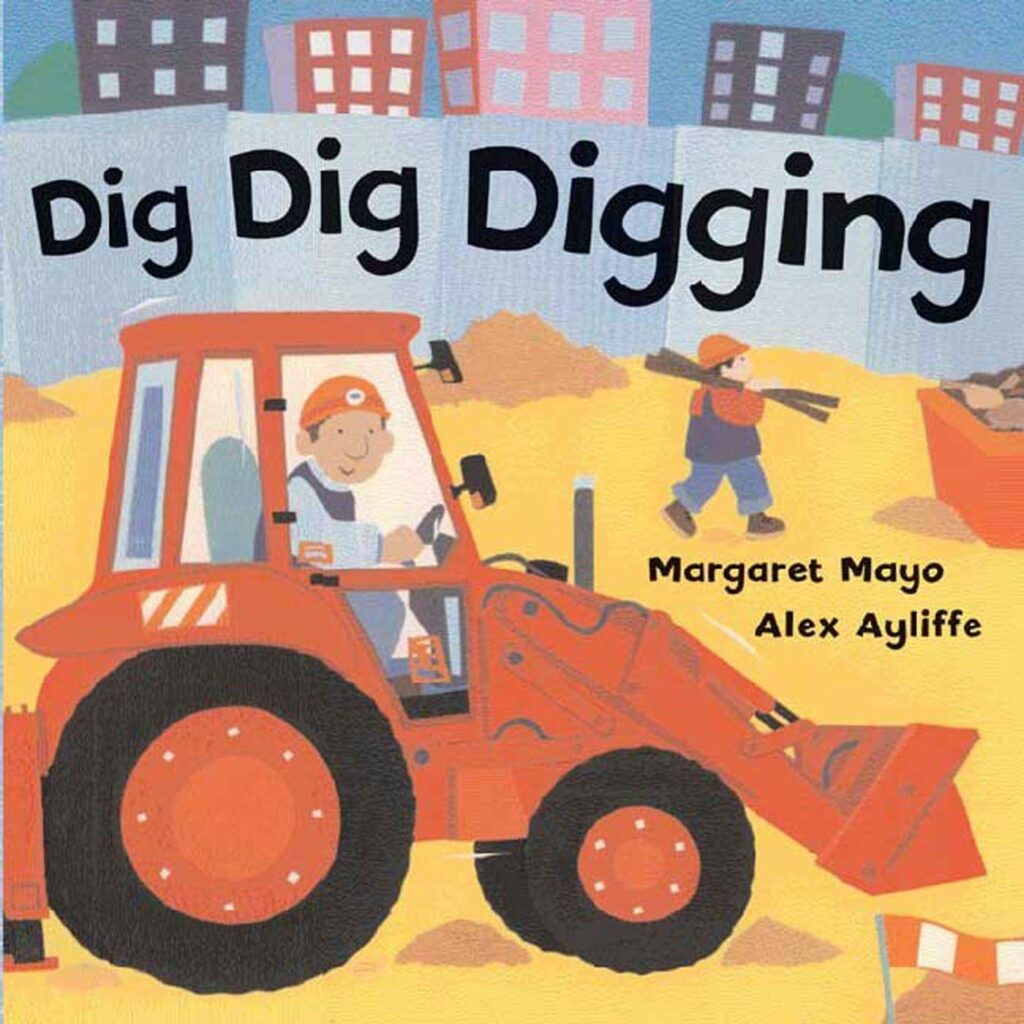
A book on different amazing vehicles is an absolute favorite of young children. The book shows an illustration of a vehicle, where it is used, and its function.
Use “Dig, Dig, Digging” to teach the names of the vehicles, their characteristics such as colors, number of wheels, how it works, and where it works.
Have children match the vehicle and its purpose, such as tractors for pulling or diggers for digging. Ask the children, “What are the cranes for?” Let them answer based on what the book says.
Some of the vehicles have a sound. Let children match the vehicles with their sounds, such as fire engines go nee-nar, nee-nar, or helicopters whirr, whirr, whirr.
Teach the children the song that goes with this story and make movements such as pretending to dig using their hands for the digger.
If possible, ask the children if they know the names of the vehicle operators, such as farmers for the tractor, firefighters for the fire engine, and garbage collectors for the garbage truck.
Conclusion
Every builder starts as a child. Encourage children to play, explore, and be challenged in building activities. Use these books to inspire children to consider building different things in the future.
Children who read books about the building learn to understand how different things work. Books like these challenge kids to figure out how to solve problems in creative ways.
We hope you like our list. Thank you for reading!
For more crafts and activities, check these out:


